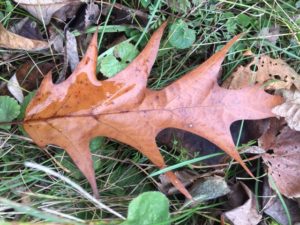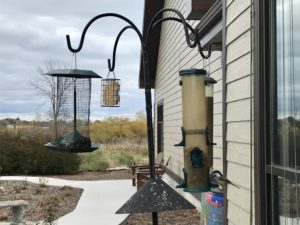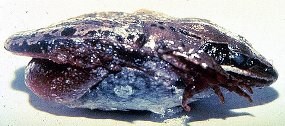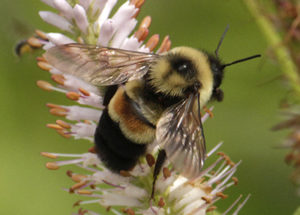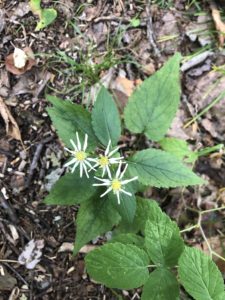This week many of us will experience November in a Wisconsin woodland from a deer stand. It is a time that people look forward to an excuse to spend quiet hours outdoors. I can’t imagine a better time for this to happen as we begin to close out a 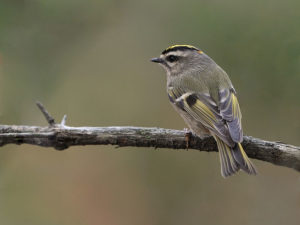 year in which our lives have been so disrupted. I think many of us are looking forward to the cool, quiet times this month brings.
year in which our lives have been so disrupted. I think many of us are looking forward to the cool, quiet times this month brings.
As one becomes used to the quiet and things settle down after our arrival – whether it is to a deer stand or a bench or a perfect sitting rock by a lake, the beauty of nature, living or dormant, becomes apparent. So often chickadees, who are seemingly fearless, investigate whatever is new to their world, be it a hunter in a stand or a walker on a trail. Bluejays come around in a group- issuing all sorts of weird sounds, or sometimes none at all. Their gaze seems critical, as if evaluating my right to be there. More likely they’re evaluating my potential to provide food. Cardinals seem more shy- nervously landing and looking only to fly off in bursts of wingbeats.
Then the quieter birds creep in- juncos seeming to make a soft kissing sound as they seem to pretend that they don’t notice me, looking rather for leftovers on the ground where I scattered some seed this morning. Then, in the cinnamon-colored dead goldenrod stalks there is a soft, delicate see-see-see of a golden-crowned kinglet. After a moment I see him down in the stems examining each one for some small insect or spider or perhaps their eggs.
Then suddenly, crows are squawking and mobbing something – I assume an eagle along the river, or one of the great-horned owls that have been hooting around at night. Unseen, the crows and the object of their taunting move upriver.
I used to dislike November’s dark gray days as we slid toward winter. Now I realize that if I slow down, take a deep breath, and surrender to the late fall, that it’s a time of peace and great interest. It’s not just a preparatory time before winter – it holds its own magic. I don’t know if the birds see it that way. They need to be as busy as ever, but its a reminder that for humans, nature is good and good for us.
photo- golden-crowned kinglet by Gary Irwin

